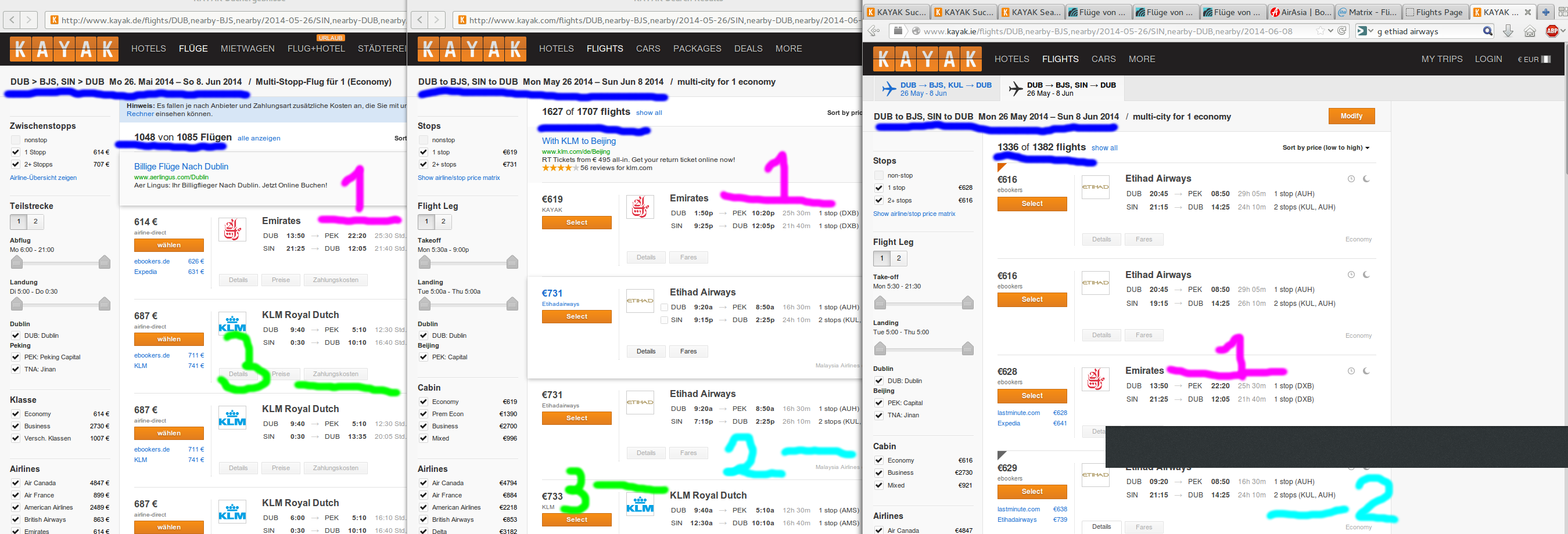
After last year’s fabulous event, I was really looking forward to this year’s mrmcd in Darmstadt, Germany. It outgrew last year’s edition and had probably around 250 to 300 people attending. Maybe even more. In fact, 450 clients generated 423 GB traffic during the conference which lasted 60 hours or so. That’s around 2MB/s. That’s megabytes. Per second. Every second. I find that quite impressive. Especially as the outdoor area was very inviting to just hang around, grab a beer, and chat to your fellow hackers. So some people must have had an amazing demand of … updates…

This year’s theme was construction sites. As IT, and especially security, is a major, never ending, and dangerous construction site. It was well done, with a lot of warning tape, the people wearing helmets, hi-vis vests, some security boots, etc. Although it couldn’t excel last year’s aviation theme, but the watermark was set extremely high. Anyway, the speakers received cool gadgets, like a tool set, a level, and other very well done gadgets. The talks were opened by Unicorn who, as you can see, was wearing proper safety gear. We were given instructions as to how to behave in case of fire, flood, or lack of alcohol. A nifty feature of this event is the availability of carbo hydrates in form of various food stuffs. It’s very cool to always being able to walk up to the buffet and fill up energy reserves.

The keynote was involuntarily given by dodger who did not miss the opportunity to show us various constructions sites, such as the Utah Data Center. Ultimately, (now I am maybe over interpreting things), it’s also hackers like us who make those possible. We usually decide for ourselves where to go and what to do. It was a good round-up on how we as a community work or should work. Also with some political references which I think is important as I have the feeling that many people lose that focus too easily.

An interesting series of talks was given by Ange Albertini, who first presented the PDF file format. It was interesting to see how the format actually looks like. I knew already a little but I’ve never really cared about the details. This was a very interesting and visually appealing talk. Pretty much like his other presentations which were again on file formats and on crypto.

My own talk was scheduled after the second night. I was positively surprised to see a half-filled room on a Sunday morning, after two nights of demanding partying… Anyway, I had an interested crowd which I think I could entertain. You can find my slides here. I was talking on DOM-based Cross-site Scripting. I presented a modified Chrome browser which is able to stop all identified DOM-based XSSs. I will need a separate post to cover the details. As a brief summary: Both WebKit and V8 were modified to track taint, that is, to annotate strings with the information of the source. Such a source could be the document.URL or the window.name. This taint information is evaluated whenever it is about to be compiled to code. The simple approach of blocking every tainted string to compile is not followed as it breaks the Web. Instead, the compiler will notice which token is about to be generated and only allow generation if and only if the string is untainted or of a data type (String, Boolean, Number). If the tainted token is, for example, function call, assignment or pretty much anything else, then it is replaced with an illegal token in order to abort compilation. There is a video of the talk here:
As we are on videos, the video team is just plainly amazing. It released videos of the event pretty much after they finished. And in a quality that is hard to excel. You check the videos of this conference, but also others. You may find some gems that are well worth watching. Be aware though, some talks are also very much on the vapor-ware side of things… I guess I don’t need to point to specific talks as it should be easy to identify…

I am already looking forward to next year’s event. The watermark has, again, been set high and I expect the next year to be able to raise that bar. But I hope it will be able to stay small enough to not lose the cosy and comfy feeling. Maybe I shouldn’t blog about that fantastic event to not generate too much attention 😉






























